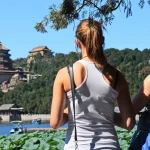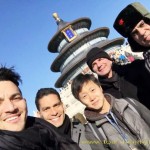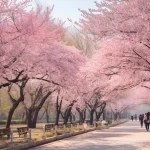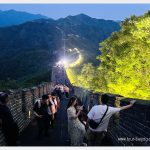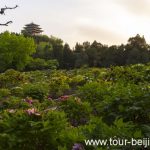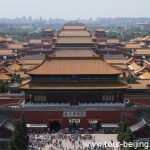Yading Brings You Inner Peace
Last night (October 15), it was dark and raining outside, I habitually took out my laptop. The owner at the temple-turned inn said his place had wifi service. It showed that I was connected to the wifi, but I couldn’t access the internet. A bit frustrated, I had to experience a night without internet, the first internet-less night for the past 10 days…
